Thebes, the ancient capital of Egypt during the Middle and New Kingdoms, was a powerful religious and political center located in present-day Luxor. Revered for honoring gods and pharaohs, it thrived under rulers like Ahmose I and Ramses II. Thebes was home to monumental sites such as Karnak Temple—the world’s largest religious structure—and the royal tombs of the Valley of the Kings and Queens. Though it faced decline, Thebes’ enduring heritage earned it UNESCO World Heritage status, standing today as a symbol of Egypt’s timeless glory.

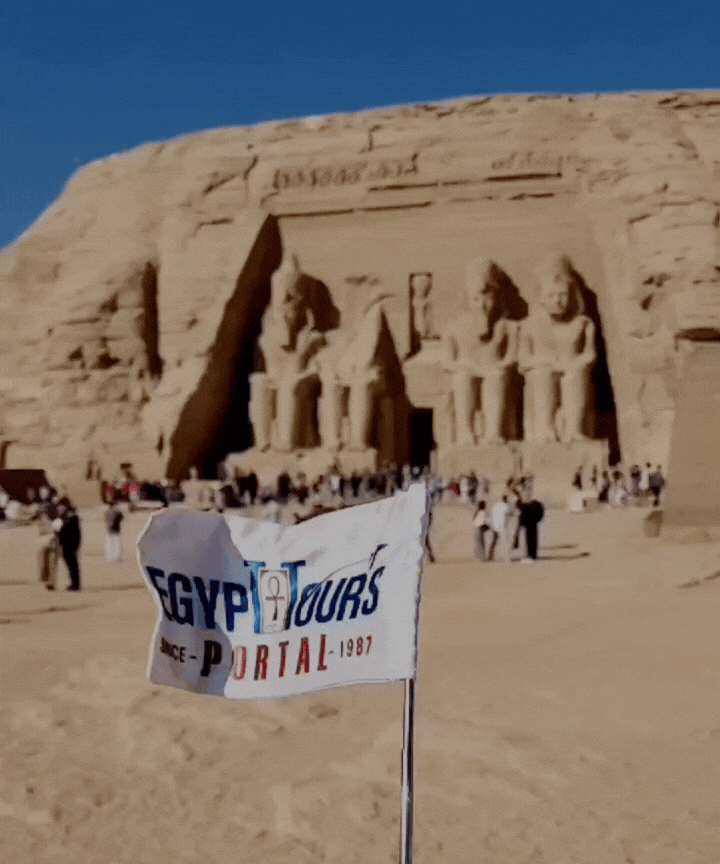
Thebes is the ancient Egyptian Kingdom that holds the historical and cultural essence of the oldest civilization ever created in the history of mankind. This Article's main goal is to showcase all the information and details about the legendary city of Thebes. This article was written by a group of very knowledgeable and professional historians, scholars, and tour guides who have decades of experience across the heavenly lands of Egypt.
Thebes is one of the most majestic cities in the world is the ancient city of Thebes Egypt, which was used to be the capital of Egypt during parts of the Middle Kingdom (2040 to 1750 B.C.) and as the main capital during Egypt new kingdom (1570-1069 BCE) from the 11th dynasty to the 18th dynasty. The ancient city of Thebes was built to honor the divine, the living, and the dead, plus to immortalize the heritage and legacy of the greatest civilization the world has ever known for many future generations.
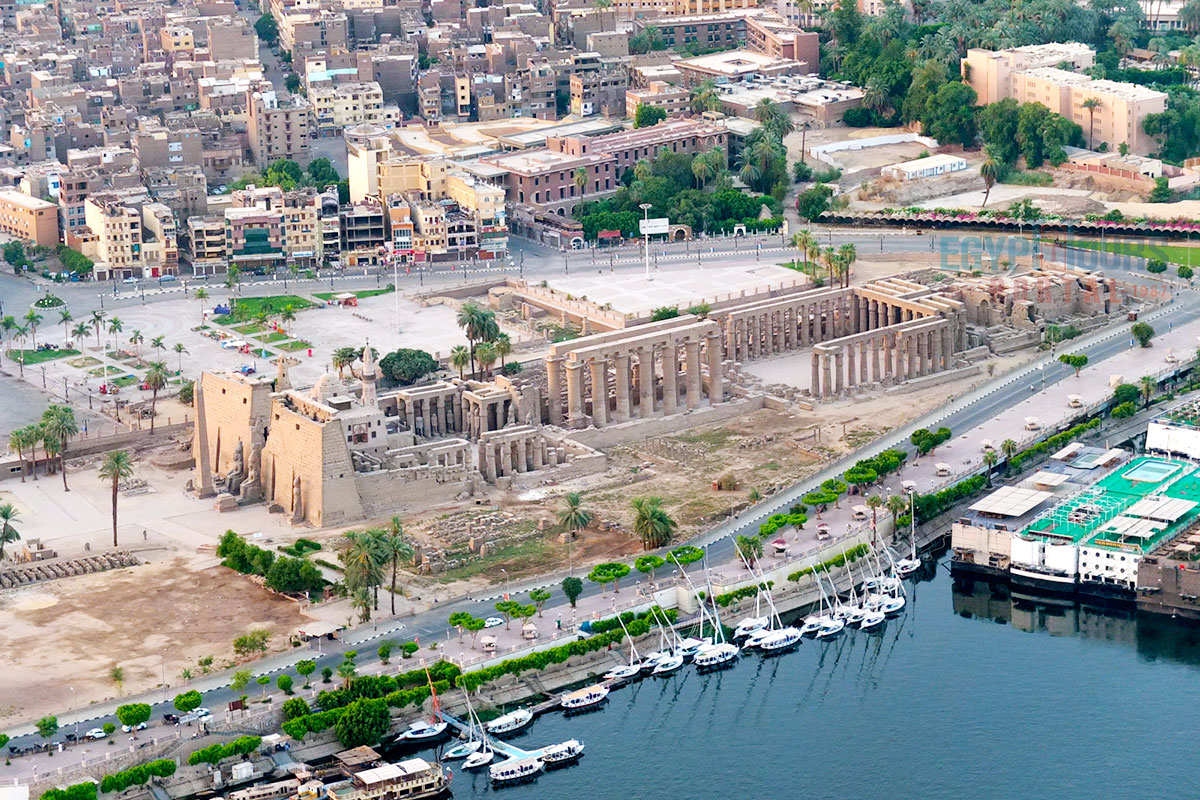
Thebes lay on either side of the Nile River at approximately 26° N latitude. It is located east of the Nile River, about 800 Km (500 Mi) south of the Mediterranean Sea and 675 Km (419 Mi) south of modern Cairo. Thebes used to consist of the two cities of Luxor and Aswan. The main part of the city was known to be located along the Nile’s east bank, and along the west bank was the necropolis, or “city of the dead,” an area filled with the royal tombs and mortuary temples that still existed today.
Thebes had about 40,000 inhabitants in 2000 BC, and by 1500 BC, Thebes had grown to a population of about 75,000, making it the largest city in the world at that time. The city of Thebes was considered a cult center, a hub for religious activities, and the home of Luxor’s most notable monuments, including the temples of Karnak, Luxor, and the Valley of the Kings, where the heart and soul of ancient Egyptian culture are immortalized.
Discover the spectacular attractions of the golden city of Luxor
Read More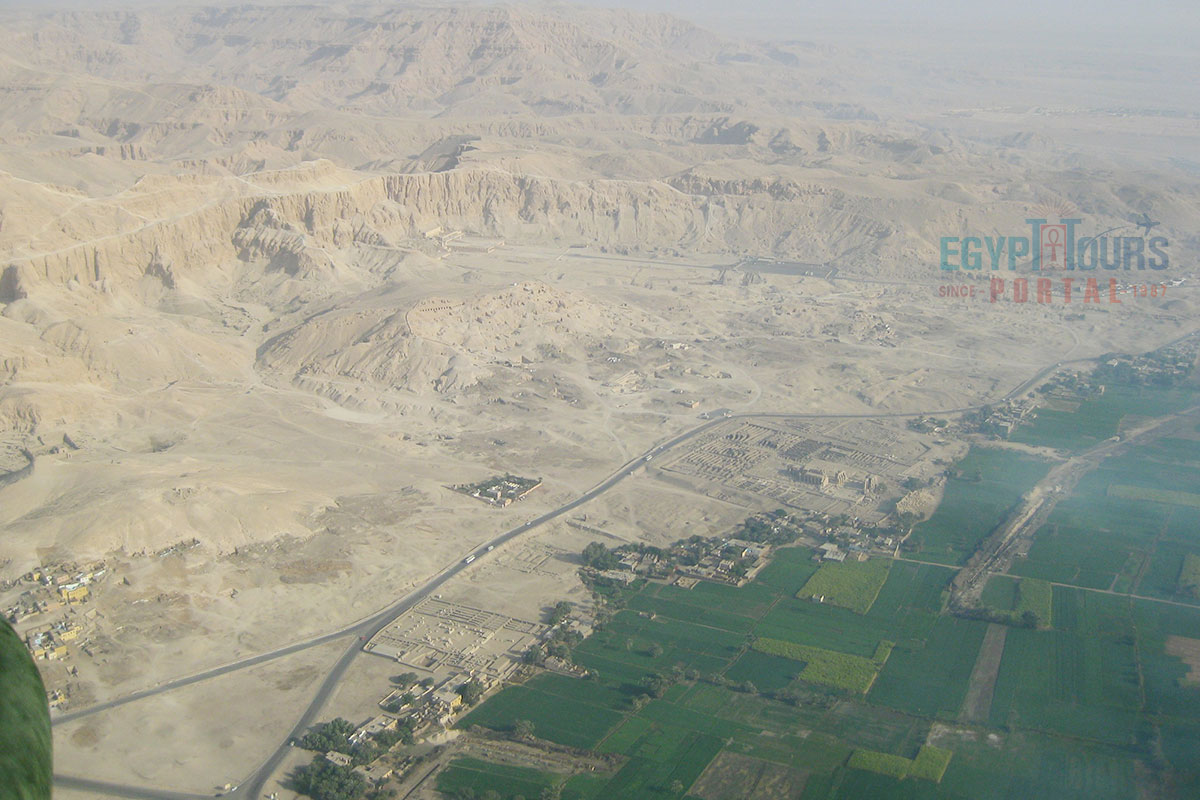
Thebes was known as Wase or Wo’se, which means "the city" or Nowe or Nuwe, plus Usast or Waset, which means the southern city. It was the center of worship of the god Amun, the creator God, as it was known as P-Amen or Pa-Amen, which means "the abode of Amen".
Amon was merged with the sun god Re to become the supreme god "Amun-Re" who stood on top of the Egyptian Pantheon. The Greeks named the city “Thebai” which was derived from Ta-ope (The Ancient Name of Luxor), which was based on & used by the famous Greek Poet Homer, who believed that “Thebes with Hundred Gates” existed in Egypt.
Thebes was called “Nō,” in the Bible from the ancient Egyptian word "Niw" which means “city.” The ancient Egyptians had many nicknames for Thebes: “City Victorious,” City of the Lord of Eternity,” “The Mysterious City,” “Mistress of Might,” Mistress of Temples,” and others. Thebes' modern name, “Luxor,” is derived from the Arabic al-Uqsur, which means “the castles,” which in turn may derive from the Latin word “castra,” which means a military garrison.
More than sixty annual festivals were celebrated in Thebes; some of the most important festivals among these include the Feast of Opet, the Khoiak (Festival), the festival of the valley, the Festival of I Shemu, and the Festival of II Shemu. The city's most important festival was the Festival of Opet & Shemu.
The site became a world heritage site by UNESCO in 1979 and is famous for being one of the most visited places in Egypt and home of some amazing temples such as (Karnak temple, Luxor temple, Valley of the kings and many more), tombs of famous Egyptian pharaohs & ancient Egyptian nobles and artifacts from the different periods of ancient Egypt.
Discover the extraordinary tombs of the ancient Egyptian civilization
Read More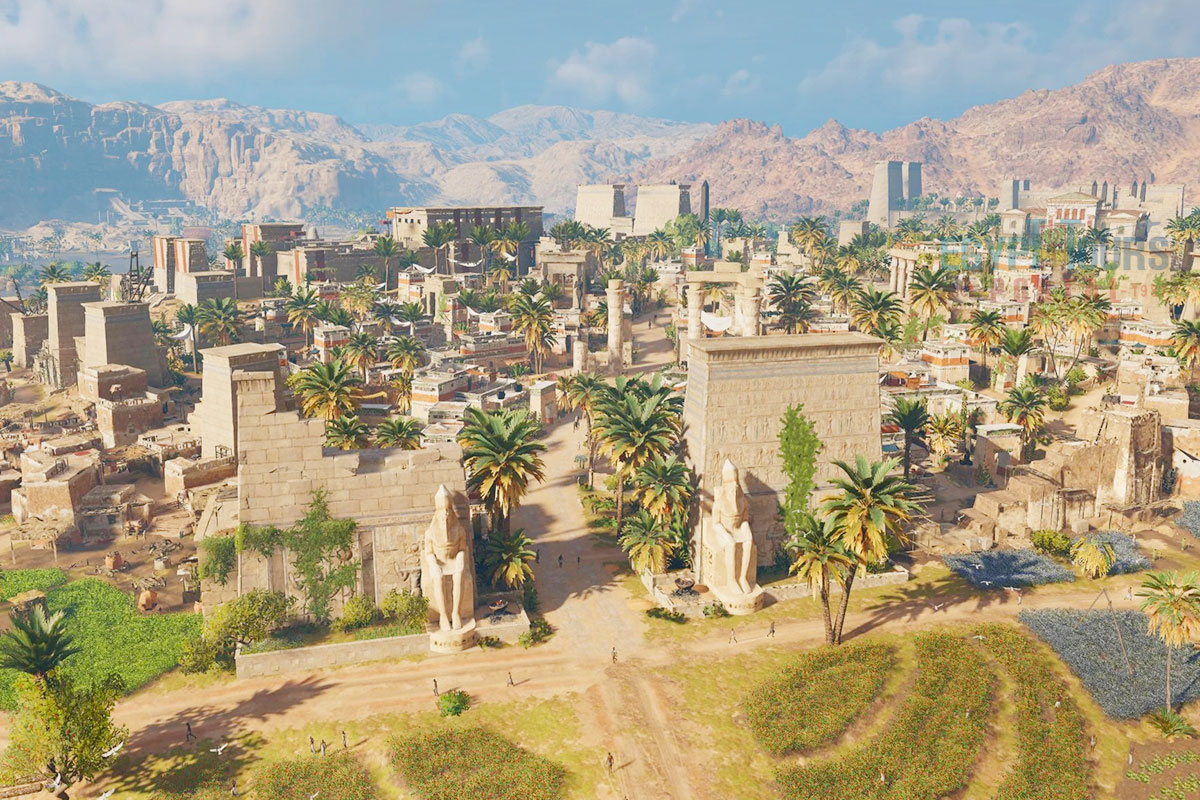
The history of the city goes way back to Egypt old Kingdom when Thebes was the capital of “Waset” of Upper Egypt’s fourth nomes (Districts). Most of the earliest monuments are from the 11th dynasty (2081-1939 BC), and by the 12th dynasty (1938-1756 BC), the capital of Egypt was Memphis, and Thebes was under the control of Foreign invaders called the Hyksos. But the city was freed by King Ahmose, and the Hyksos were driven out between 1530-1520 BC. Ahmose I reclaimed the lands formerly ruled by them, and Thebes was celebrated as the city that had liberated the country of Egypt and was declared the main capital of Egypt.
The glorious history of Thebes started in the 18th dynasty when the city became the official capital and the worship center for the Theban Triad of Amun, Mut, and Khonsu, who would be worshiped in the city for centuries. It was entirely rebuilt using the great wealth acquired from the great expeditions to the land of Nubia and Asia.
The momentum of prosperity reached an extreme elevation in the 14th century during the reign of Amenhotep III where the temples of Amon were drowning in extravagant materials, so it came to no one’s surprise when Akhenaton "Amenhotep IV" (1353-1336 BC) attempted to force monotheism in the shape of Atonism (the worship of the only god Aton) but he miserably failed, his actions led to the disturbance of the entire city for many years.
Reconstruction of the city began under Tutankhamen (1333-1323 BC) to the highest level of elegance & prestige, both Seti I (1290-1279 BC) and Ramses II (1279-1213 BC) built many temples and enlarged the city as much as they could. Ramesses II moved the capital from Thebes to a new site near the city of Avaris called Per-Ramesses, but in the 7th century BCE, Thebes became the capital again by Nubian pharaoh Tatanami, who wanted to restore the glory of the past.
Near the end of the New Kingdom, the city of Thebes fell into darkness as the government fell, the economic atmosphere began to crumble, and the priests of Amon held all the power in the worst times in the history of the city of Thebes. It was conquered by Assyrians under Ashurbanipal in 666 BC, then by Persians, and later by the Romans, and finally in 640 CE by the Arab invasion of Egypt, who named the temple complex at Thebes `Karnak'.
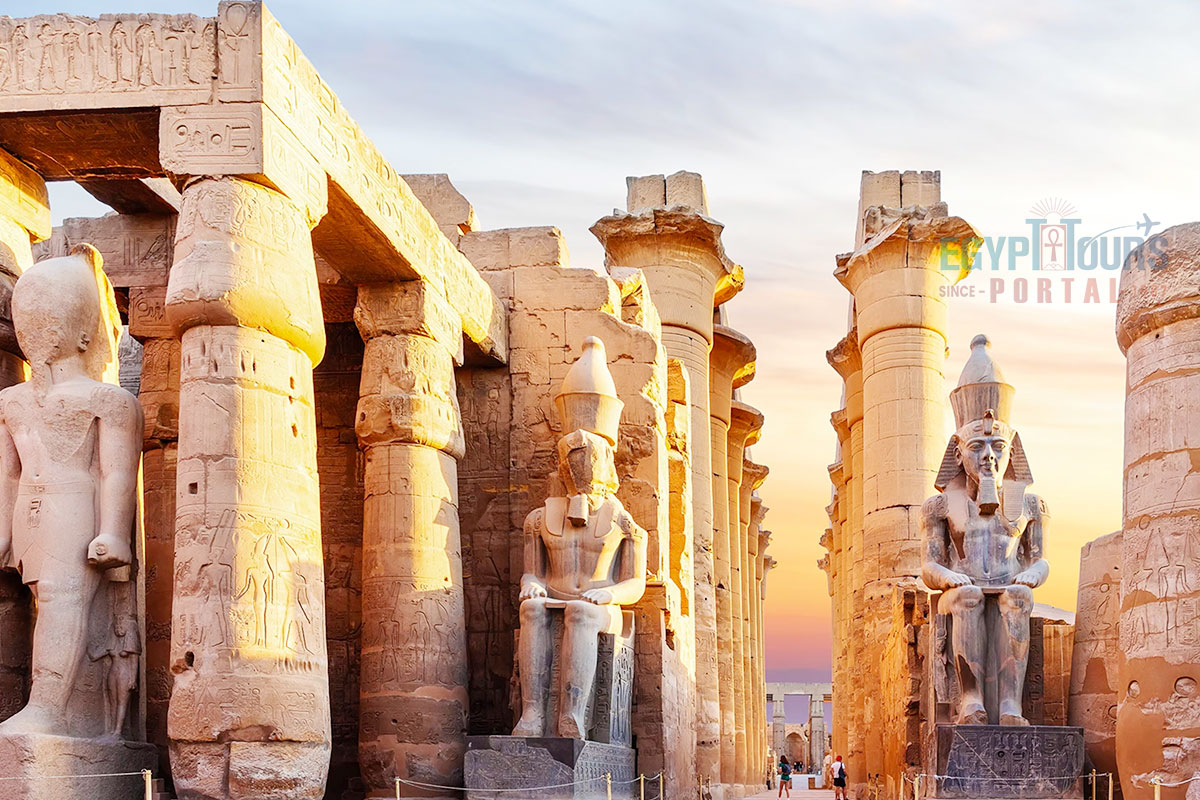
Thebes can be divided into two sections, which hold some of the most famous celestial wonders located across the magical & celestial lands of Upper Egypt that stood the test of time for many ages:
The Greek poet Homer mentioned Egypt in his writings as "In Egyptian Thebes, the heaps of precious ingots gleam, the hundred-gated Thebes". The city of Thebes (modern-day Luxor) is one of the world’s biggest and most famous tourist destinations due to the infinite number of great temples and glorious monuments located within the legendary Theban Necropolis. Most of the famous attractions in the city were built during the New Kingdom by the hands of Egypt’s greatest rulers.
One of the main attractions is the incredible Valley of the Kings & Valley of the Queens, which acted as the final resting place of many kings and Queens. There is also the biggest house of worship during ancient times the Karnak temple which was built in (2055 BCE) to honor the creator god Amon his wife Mut goddess of justice and their son the moon god Khnosu among other famous ancient Egyptian gods like the goddess of love, beauty and joy Hathor, the crocodile god of the Nile Sobek, and the sky falcon god of victory and protection Horus.
The popularity of these gods led directly to Thebes' development, influence, wealth, power, and status. The Karnak Temple Complex continued to grow in size, allure, and grandeur over the next 2,000 years, which is why it remains the largest religious structure ever built in the world.
We can’t talk about the mortuary temples of Thebes without mentioning the enchanting temple of Hatshepsut, one of the most preserved ancient temples in the history of Egypt. There is also the guardian of Thebes, the breathtaking Colossi of Memnon.
There are also several temples dedicated to many pharaohs who desire to immortalize their legacy, like the Ramesseum, the mortuary temple of Abu Simbel, which details his victory at the battle of Kadesh (1275 BC), which is Ramses II's biggest achievement.
Most of the temples also played a vital role in illustrating the religious beliefs, daily life routines through the magical artistic inscriptions on their walls, and were a great contributor in providing countless antiquities of one of the most majestic civilizations in the history of humanity.
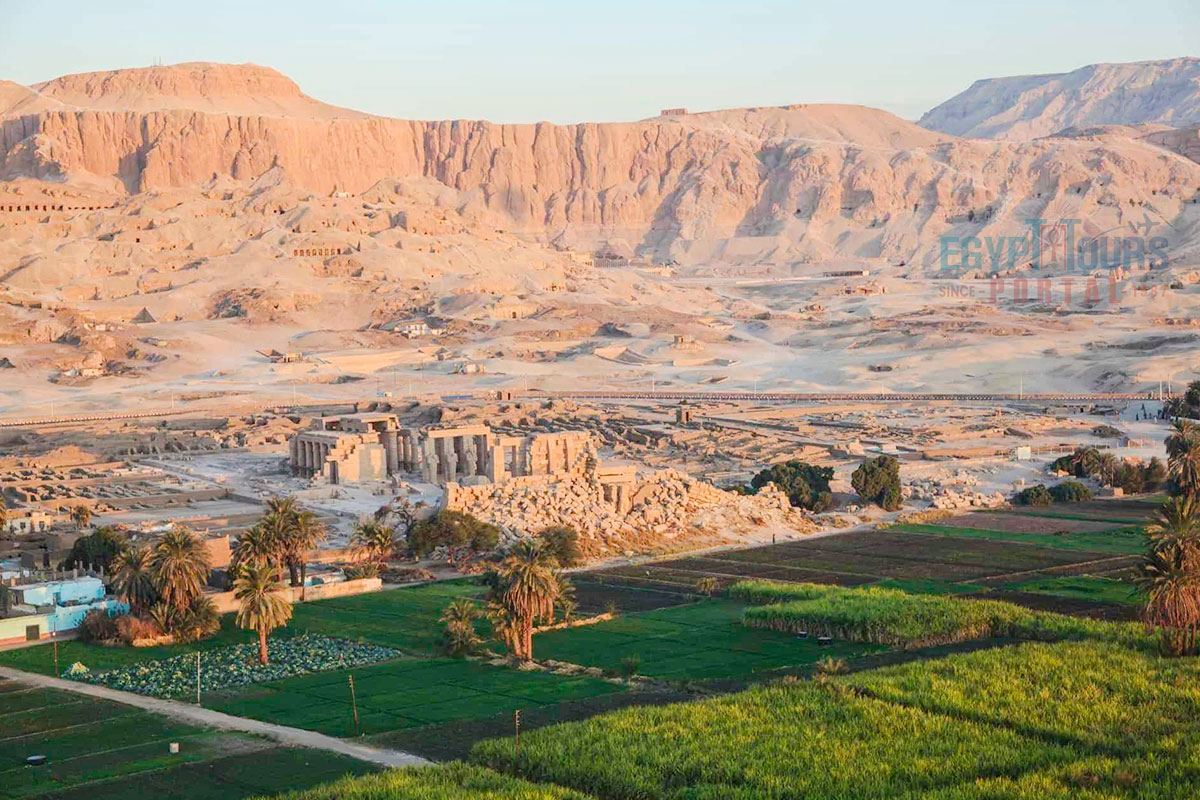
Thebes or modern-day Luxor is often referred to as the world’s greatest open-air museum because of the sheer concentration of ancient monuments and temples. It is by far one of the biggest hubs for tourism in the world, which has the power to shed light on the artistic and historical heritage of this immortal city. Thebes today is divided into two main areas: the East Bank, where the modern city and the Luxor Temple are located, and the West Bank, which is filled with the most renowned monuments.
Luxor is one of the most visited destinations in the world where everyone will explore the unique and glorious heritage of all the great archaeological gems of ancient Egypt which are the Karnak and Luxor Temples, the Valley of the Kings, the Valley of the Queens, Hatshepsut Temple, and many more that are designated as a UNESCO World Heritage Site.
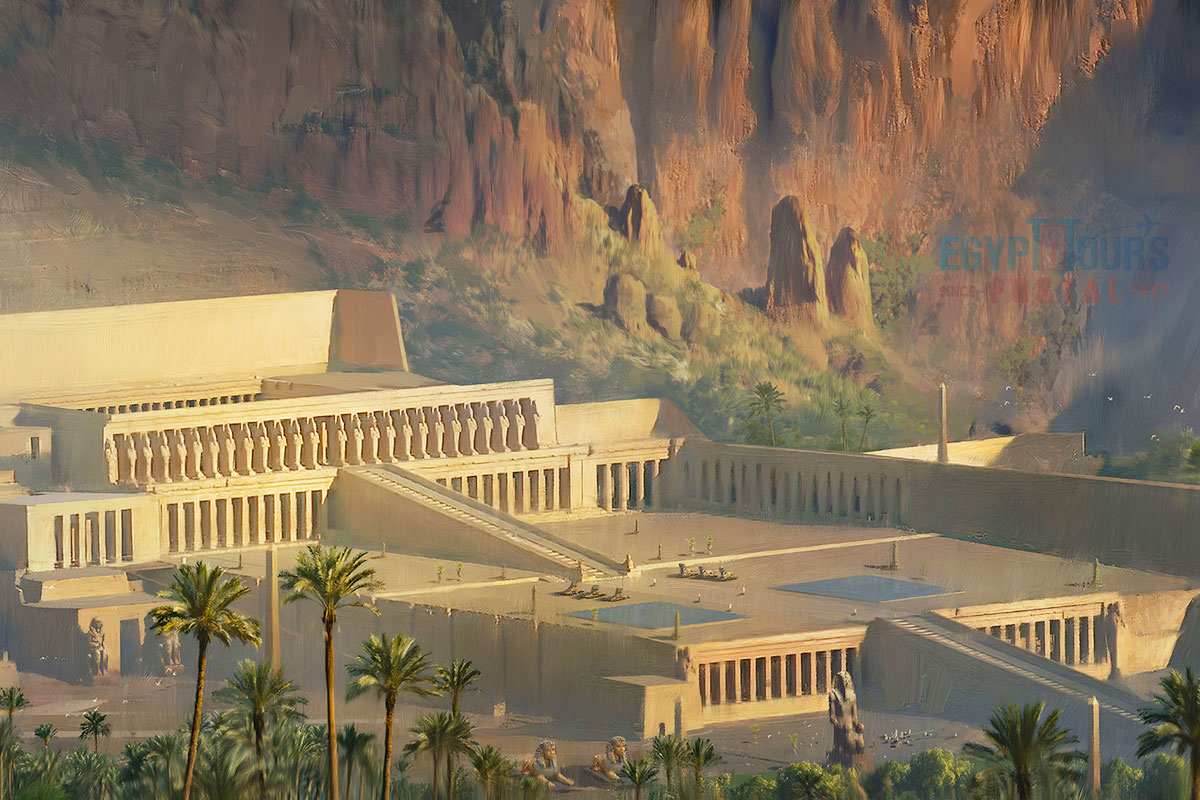
At the height of the power of ancient Egypt, the population of Thebes numbered 40,000–80,000 people during the height of the New Kingdom, making it one of the largest cities of its time. The population lives primarily on the east side of the Nile, while the west side is largely reserved for the historical monuments and tombs.
The population would have included a variety of people from different social classes of Egypt, from pharaohs and nobility to priests, artisans, soldiers, and laborers working on the many construction projects. This, in turn, led to an economic boom that gave rise to great innovations in every aspect of Egyptian society, thus creating a legendary heritage worthy of cherishing.
Make your moment in Egypt worthy of remembering by exploring all the heavenly & epic treasures of Thebes that have truly stood the test of time. Travel to Egypt and enjoy one of our stunning Nile river cruises and Egypt tours to witness these temples and monuments that will uncover epic tales of wonder and magic.
Day Trip from Luxor to Cairo by Plane For New Zealander Travelers Day trip from Luxo...
Tour Location: Cairo...
Tour to Luxor West Bank For New Zealand Travelers Tour to Luxor West Bank is like st...
Tour Location: Luxor...
Tour to Edfu and Kom Ombo For New Zealander Travelers Edfu & Kom Ombo tour ...
Tour Location: Edfu/Kom Ombo...
Trip to Dandara and Abydos from Luxor for New Zealander Travelers A Trip to Dandara ...
Tour Location: Dandara/Abydos...
There are two Thebes in the world; Thebai (the ancient spelling of Greek Thebes) is not in Egypt but in the middle of mainland Greece, about 90 km NW of Athens. There was a Thebes in Egypt, which was actually the capital of the New Kingdom (1550 -1070 B.C) of Egypt.
The city of Thebes is known as Waset by ancient Egyptians and as Luxor today. It was the capital of Egypt during parts of the Middle Kingdom (2040 to 1750 B.C.) and the New Kingdom (1550 - 1070 B.C.). Thebes was the city of Amun, who was devoted to his worship.
Thebes was one of the most significant cities in ancient Egypt due to its political, religious, economic, and cultural prominence. It served as the capital during various periods of Egyptian history, particularly the Middle and New Kingdoms (2055–1070 BCE) at the height of Egyptian power and prosperity.
The city was home to powerful pharaohs, grand temples, and served as a center for religious activities. Its strategic location along the Nile allowed it to prosper economically. It held a strategic trading post, controlling the flow of goods along the Nile River. Thebes was closely associated with the god Amun and his wife, Mut, whose cult became the dominant religious force in Egypt. The city's major temples, like Karnak and Luxor, made it a center of worship, attracting pilgrims and contributing to its spiritual importance.
Thebes first became the capital of Egypt during the 11th Dynasty in the Middle Kingdom (2055 BCE) under Mentuhotep II, who reunited Egypt after a period of disunity. It continued to serve as the capital through much of the New Kingdom (1550–1070 BCE), particularly under the 18th Dynasty when it reached the height of its glory as the center of political power, religion, and art under the rule of great pharaohs Amenhotep III, Akhenaten, and Tutankhamun.
The supreme god of the Egyptian pantheon, “Amun,” was the god of the air and the hidden forces of nature, and the predominant god of Thebes. Amun started as a local Theban deity but rose to become one of the most powerful gods during the New Kingdom. The grand temples of Karnak and Luxor in Thebes were dedicated to him. He was often merged with Ra, the sun god, becoming Amun-Ra, symbolizing both hidden (Amun) and visible (Ra) aspects of divinity.
After Nefertiti's death (1336 BCE), power likely shifted to her son-in-law and stepson, Tutankhamun (King Tut), who was possibly guided by his regents, such as Ay and Horemheb, who later ruled Egypt. The end of Nefertiti's life coincides with the reign of Akhenaten, her husband, and the brief transition back to traditional Egyptian religion after Akhenaten's religious reforms. The later rulers reinstated the worship of Amun and revitalized Thebes' religious significance after Akhenaten’s monotheistic worship of Aten.
The people of Thebes believed in a complex polytheistic religion. They worshipped a pantheon of gods and goddesses, each associated with different aspects of nature and human life. The people of ancient Egypt had the right to choose which god or goddess to worship. The most powerful cult was that of Amun, the supreme god who was believed to control the universe and oversee the afterlife. Other important deities included Mut, the goddess of motherhood, and Khonsu, the god of the moon and healing.
Thebes was primarily part of both the Middle Kingdom (2055–1650 BCE) and the New Kingdom (1550–1070 BCE). It became the capital during the Middle Kingdom under the 11th Dynasty and later flourished as the political and religious center during the New Kingdom, especially under powerful pharaohs like Hatshepsut, Thutmose III, and Ramses II.
Thebes experienced destruction several times, as it was sacked by the Assyrian king Ashurbanipal in 663 BCE during his conquest of Egypt. This marked a major turning point in Thebes' history, as the city never fully recovered its former glory after this assault. The invasion, followed by looting and destruction, diminished its influence. However, its temples, especially Karnak, continued to be significant for religious purposes even into later periods.
The entire country of Egypt deserve to be explored with its every heavenly detail but there are places that must be seen before any other such as the breathtaking Hurghada's red sea, The wonders of Cairo the pyramids of Giza, the great sphinx, the Egyptian Museum, Khan El Khalili Bazaar, the wonders of Luxor like Valley of the Kings, Karnak & Hatshepsut temple and the wonders of Aswan such as Abu Simbel temples, Philea temple, Unfinished obelisk and The Wonders of Alexandria like Qaitbat Citadel, Pompey's Pillar and Alexandria Library. Read more about the best places to visit in Egypt.
If you want to apply for a Visa On Arrival that lasts for 30 days then you should be one of the eligible countries, have a valid passport with at least 6 months remaining and pay 25$ USD in cash, as for the E-Visa for 30 day you should have a valid passport for at least 8 months, complete the online application, pay the e-visa fee then print the e-visa to later be presented to the airport border guard. You could also be one of the lucky ones who can obtain a free visa for 90 days. Read more about Egypt travel visa.
Egypt has a variety of delicious cuisines but we recommend “Ful & Ta’meya (Fava Beans and Falafel)”, Mulukhiya, “Koshary”, a traditional Egyptian pasta dish, and Kebab & Kofta, the Egyptian traditional meat dish.
The best time to travel to Egypt is during the winter from September to April as the climate becomes a little tropical accompanied by a magical atmosphere of warm weather with a winter breeze. You will be notified in the week of your trip if the Climate is unsafe and if any changes have been made.
You should pack everything you could ever need in a small bag so you could move easily between your destinations.
We have been creating the finest vacations for more than 20 years around the most majestic destinations in Egypt. Our staff consists of the best operators, guides and drivers who dedicate all of their time & effort to make you have the perfect vacation. All of our tours are customized by Travel, Financial & Time consultants to fit your every possible need during your vacation. It doesn't go without saying that your safety and comfort are our main priority and all of our resources will be directed to provide the finest atmosphere until you return home.
You will feel safe in Egypt as the current atmosphere of the country is quite peaceful after the government took powerful measures like restructuring the entire tourist police to include all the important and tourist attractions in Egypt. Read more about is it safe to travel to Egypt.
Wear whatever feels right and comfortable. It is advised to wear something light and comfortable footwear like a closed-toe shoe to sustain the terrain of Egypt. Put on sun block during your time in Egypt in the summer to protect yourself from the sun.
The best activity is by far boarding a Nile Cruise between Luxor and Aswan or Vise Versa. Witness the beauty of Egypt from a hot balloon or a plane and try all the delicious Egyptian cuisines and drinks plus shopping in old Cairo. Explore the allure and wonders of the red sea in the magical city resorts of Egypt like Hurghada and many more by diving and snorkeling in the marine life or Hurghada. Behold the mesmerizing western desert by a safari trip under the heavenly Egyptian skies.
There are a lot of public holidays in Egypt too many to count either religious or nation, the most important festivals are the holy month of Ramadan which ends with Eid Al Fitr, Christmas and new years eve. Read more about festivals & publich holidays in Egypt.
Egypt is considered to be one of the most liberal Islamic countries but it has become a little bit conservative in the last couple of decades so it is advised to avoid showing your chest, shoulders or legs below the knees.
Arabic is the official language and Most Egyptians, who live in the cities, speak or understand English or at least some English words or phrases. Fewer Egyptians can speak French, Italian, Spanish, and German. Professional tour guides, who work in the tourism sector, are equipped to handle visitors who cannot speak Arabic and they will speak enough English and other languages to fulfill the needs of all our clients.
The fastest way is a car, of course, a taxi. If you are in Cairo ride a white taxi to move faster or you could board the fastest way of transportation in Egypt metro if the roads are in rush hour.
The temperature in Egypt ranges from 37c to 14 c. Summer in Egypt is somehow hot but sometimes it becomes cold at night and winter is cool and mild. The average of low temperatures vary from 9.5 °C in the wintertime to 23 °C in the summertime and the average high temperatures vary from 17 °C in the wintertime to 32 °C in the summertime. The temperature is moderate all along the coasts.
It is the home of everything a traveler might be looking for from amazing historical sites dating to more than 4000 years to enchanting city resorts & beaches. You will live the vacation you deserve as Egypt has everything you could possibly imagine.









